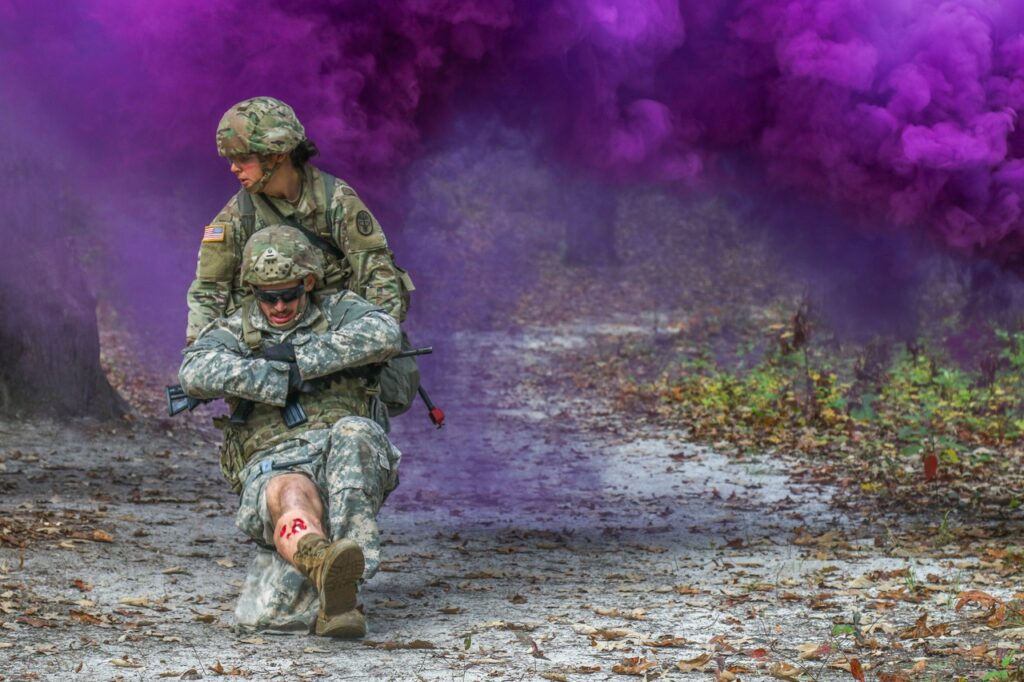
China’s Area 51 Isn’t Too Different from America’s
Here’s What You Need To Remember Here: As China’s aerospace program has become increasingly developed, Beijing has begun work on a similar facility in remote Xinjiang. According to satellite footage, a three-mile-long airstrip has been constructed, and a number of buildings have sprung up around it.
After World War II, the United States constructed an experimental test range for experimental U.S. Air Force aircraft in rural Nevada, near a dry salt flat called Groom Lake. Although many details about the base remain classified, it has entered the popular lexicon as “Area 51,” and has been the subject of persistent rumors regarding U.S. military secrets and possible extraterrestrial activity. In 2019, more than 3.5 million people around the world registered for a Facebook event to “storm Area 51” to “see them aliens,” reasoning that the federal government “can’t stop all of us.” So much for secrecy.
The security considerations that led to the creation of Area 51, however, are simple enough to explain: the U.S. military wanted to construct a testing range for its experimental aircraft. This testing range needed to be far from prying eyes and in relatively flat terrain where planes would find it easy to land in the event of an emergency. The range saw early testing of some of the most iconic American planes of the Cold War era, including the Lockheed U-2 spy plane, SR-71 Blackbird and B-2 Spirit.
Although the advent of secret desert facilities has been somewhat hampered by the advent of satellite photography, other countries with advanced aerospace programs face the same considerations, and consequently, many of them operate similar facilities. For instance, Russia maintains a missile test range at Kapustin Yar on a flat desert plain north of the Caucasus Mountains. Curiously, Kapustin Yar shares Area 51’s association with aliens, and has been referred to as “Russia’s Roswell.”
As China’s aerospace program has become increasingly developed, Beijing has begun work on a similar facility in remote Xinjiang. According to satellite footage, a three-mile-long airstrip has been constructed, and a number of buildings have sprung up around it. Two additional runways have since been built, forming an equilateral triangle (fitting with the conspiracy theme, naturally) and allowing planes to take off and land in three separate directions. The area’s outline, and the runways, can be seen on Google Maps.
The facility’s purpose seems to be the same as Area 51’s: test flights of Chinese aircraft can take place at the facility, presumably far from the prying eyes of the United States. China is reportedly working on a stealth plane to match the U.S. B-2; that plane, the H-20, could see use at the Xinjiang facility.
Trevor Filseth is a current and foreign affairs writer for the National Interest. This article is being reprinted for reader interest.
Image: Reuters


